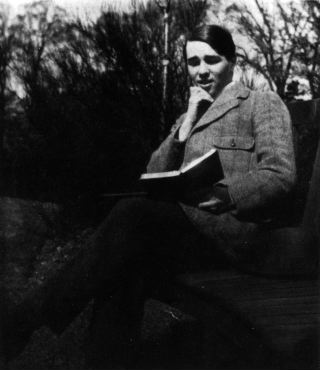

We picture the chaotic deaths of young frightened men and the pain of those left behind. The use of imagery and sound effects emphasises noises such as gun and shell fire, and the pitiful call of the bugles lamenting the loss of the soldiers back home. In highlighting the reality of life in the trenches, Owen shows such a death to be bleak and harsh. Owen conveys the inadequacy of religion in helping these men when they need it.Īnthem for Doomed Youth is a lament for the deaths of the young soldiers who died in the war. On this page we will explore the different meanings and effects created as Wilfred Owen moved from an earlier draft of his famous poem to the final draft. We see how the young men who die in war are denied these ceremonial goodbyes. It also refers to funeral practices, such as including candles and flowers in the church service. The poem refers to aspects of religious ceremony, such as bells and choirs. The poem reflects Owen’s loss of faith as he shows how inadequate religion and faith are when faced with the reality of the trenches.

Only five poems were published before his death in November, 1918. He does this by comparing the soldiers to “cattle” dying in their herds, with no ceremony and little comfort in their final moments. One of the best regarded war poets for his shocking realism about the horrors of war, Anthem for Doomed Youth is one of Owen's most famous poems from his collection published posthumously in 1919. In this poem Owen shows that the glory portrayed by those writers is an illusion.

These aspects were ignored by others - such as Jessie Pope - who wrote propaganda persuading young men to fight for their country. As Owen was a soldier himself, he witnessed the brutality and horrors of war.


 0 kommentar(er)
0 kommentar(er)
